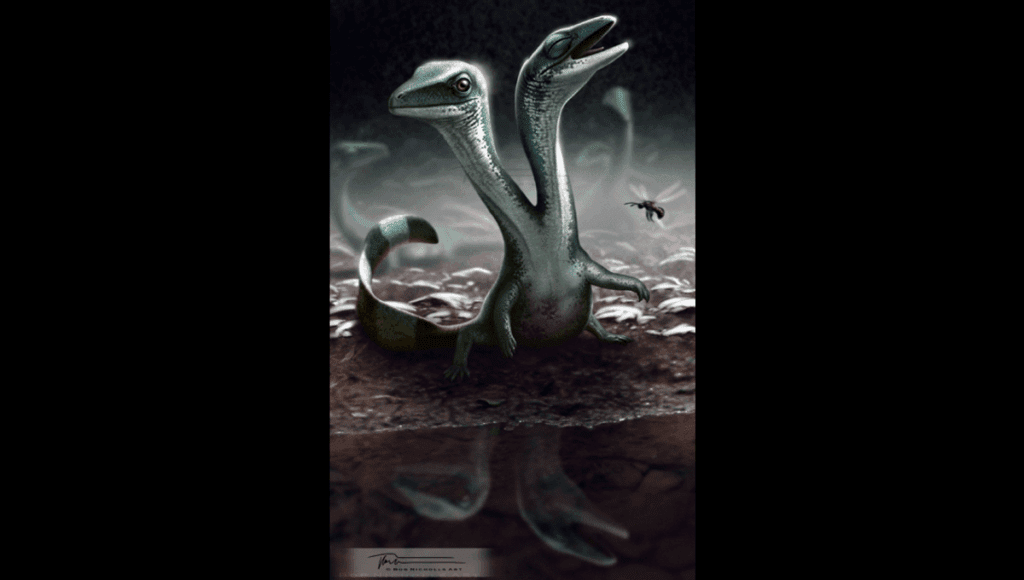In 2006, a significant discovery was made involving a unique fossil: a two-headed prehistoric reptile, referred to as Hyphalosaurus linguanensis, estimated to be around 125 million years old. This condition, known as dicephaly, is rare in both ancient and modern species. The fossil was found in the Jehor Biota Fossil Beds in China, a region known for well-preserved specimens. Dr. Dean Lomax, a paleontologist, expressed fascination with the discovery, highlighting its rarity due to the challenges of fossilization and the unusual anatomical feature it exhibits.
The fossil remains are intact, showing two heads and necks, and have been authenticated, dispelling doubts about their legitimacy. Despite being a mere 7 centimeters long, the fossil exemplifies how extraordinary specimens can sometimes be preserved. Lomax speculates on the potential for more two-headed dinosaurs to be unearthed, suggesting that a two-headed Tyrannosaurus or Spinosaurus would be particularly impressive. His work, “The Secret Life of Dinosaurs,” delves deeper into such fascinating topics.
Source link


